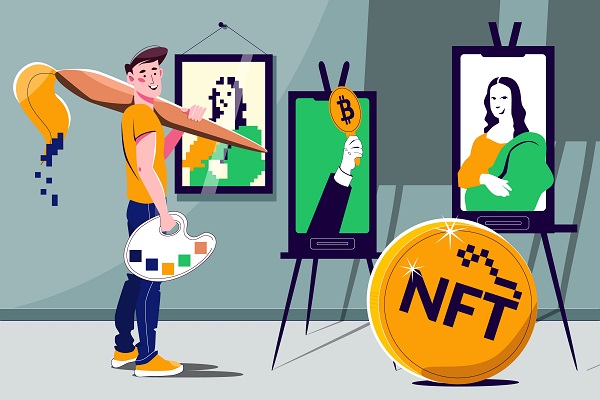Exploring the Rise of NFT Cards

In digital innovation, NFT cards, like trump cards nft, are making waves. These unique digital tokens use special technology to make digital items one-of-a-kind. NFT cards are reshaping how we value things in the digital space, like art and games, through a technology called blockchain.
Join us as we explore this digital shift, uncovering the tech, the changing creative landscape, and why NFT cards are a game-changer. This journey isn't just about transactions; it's an adventure into a digital era where every item has its own story, and the possibilities are limitless.
The Technological Backbone: Blockchain
The heart of NFT cards lies in blockchain technology, a decentralized and transparent ledger that verifies and records transactions. Blockchain ensures the integrity of each NFT, preventing duplication or fraudulent activity. This technology not only secures the ownership of digital assets but also establishes trust in the digital economy, paving the way for broader adoption of decentralized systems.
The Democratization of Creativity
NFT cards empower creators by democratizing the creative process. Artists, musicians, and writers can now connect directly with their audience, bypassing traditional intermediaries. This shift not only enhances creative freedom but also enables a more inclusive and diverse array of voices to be heard in the digital space.
Environmental Concerns and Solutions
The surge in popularity of NFTs, including NFT cards, has sparked conversations about their environmental impact. Many NFTs operate on energy-intensive blockchain networks, raising concerns about carbon footprints. However, there are ongoing efforts to develop eco-friendly blockchain solutions and platforms, ensuring a sustainable future for NFTs within the digital economy.
Cultural Significance and Community Building
NFT cards are not just about ownership and trade; they are cultural artifacts that reflect the ethos of online communities. Whether it's a collection of digital art pieces or a series of gaming achievements, NFT cards contribute to the formation of digital subcultures. These communities foster collaboration, discussion, and shared experiences, adding a social dimension to the digital economy.
The Evolution of Digital Transactions
NFT cards represent a significant evolution in digital transactions. The ability to securely buy, sell, and trade unique digital assets without the need for traditional intermediaries streamlines the process and reduces transaction costs. This efficiency opens up new possibilities for microtransactions, enabling creators to monetize their work on a smaller scale.
Future Trends and Adaptation
As the digital economy continues to evolve, so too will the role of NFT cards. Emerging trends such as virtual reality (VR) and augmented reality (AR) are likely to intersect with NFTs, creating immersive experiences for users. Additionally, industries beyond art and gaming, such as real estate and education, may explore the potential of NFT cards for innovative applications.
NFT cards are not just a novel form of digital ownership; they represent a transformative shift in how we create, trade, and value digital assets. As the new digital economy unfolds, the continued exploration and adaptation of NFT cards will undoubtedly shape the landscape of our increasingly interconnected and digitized world.